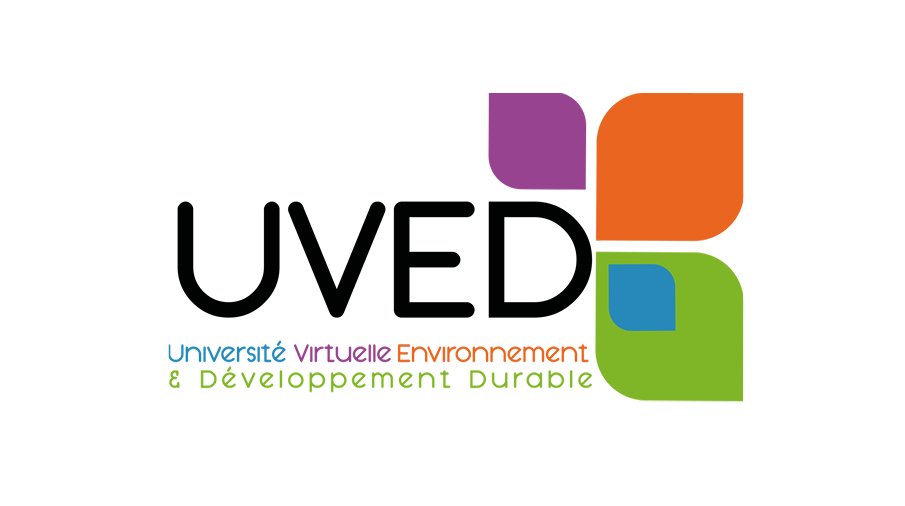
Sommaire
GreenLab courses
GreenLab is a mathematical dynamic model aiming to model and simulate plant structure establishment and production. It differs from computational models by the fact that both development and functional processes are described by equations. The model therefore quantifies structure (the number of o...
Date de création :
17.05.2015Auteur(s) :
Philippe De Reffye, Natacha Motisi, Marc Jaeger, Hatem KritPrésentation
Informations pratiques
Licence Creative Commons : Attribution, Pas d'utilisation commerciale, Partage dans les mêmes conditions
Description de la ressource
Résumé
GreenLab is a mathematical dynamic model aiming to model and simulate plant structure establishment and production. It differs from computational models by the fact that both development and functional processes are described by equations. The model therefore quantifies structure (the number of organs, etc.) without requiring exhaustive structural implementation.
It also differs from classic functional structural plant models by the fact that organ production is quantified by compartments, competing for a common biomass pool. It also differs from biomass production based on the Beer Lambert Law, conventionally used in PBM. In a growth cycle, the model sequences organogenesis, biomass production and its partitioning in a dynamic loop.
A distinguished feature of GreenLab model is that, its organogenesis (in terms of the number of organs) and growth (in terms of organ biomass) are formulated with recurrent equations. It facilitates analytical study of model behaviour, bug-proof of simulation software, and application of efficient optimization algorithm for parameter identification or optimal control problems.
The interest of the GreenLab model relies on its mathematical formulation as a dynamic system which allows efficient simulations, proper statistical identification and evaluation, but also an easy integration of the concepts classically used in crop models to describe plant-environment interactions.
This pedagogic resource describes the deterministic and the stochastic levels (GL1 and GL2 levels).
The pedagogic resource splits as follows:
- An overview of GreenLab is presented first
- Principles of GreenLab are the presented
- Structural aspects of the GreenLab model follow
- Functional aspects of the GreenLab model are the exposed
- Lastly, applications section presents GreenLab model parameter fitting and a case study
- Granularité : grain
- Structure : collection
Intervenants, édition et diffusion
Fiche technique
- LOMv1.0
- LOMFRv1.0
- SupLOMFRv1.0
- Voir la fiche XML





